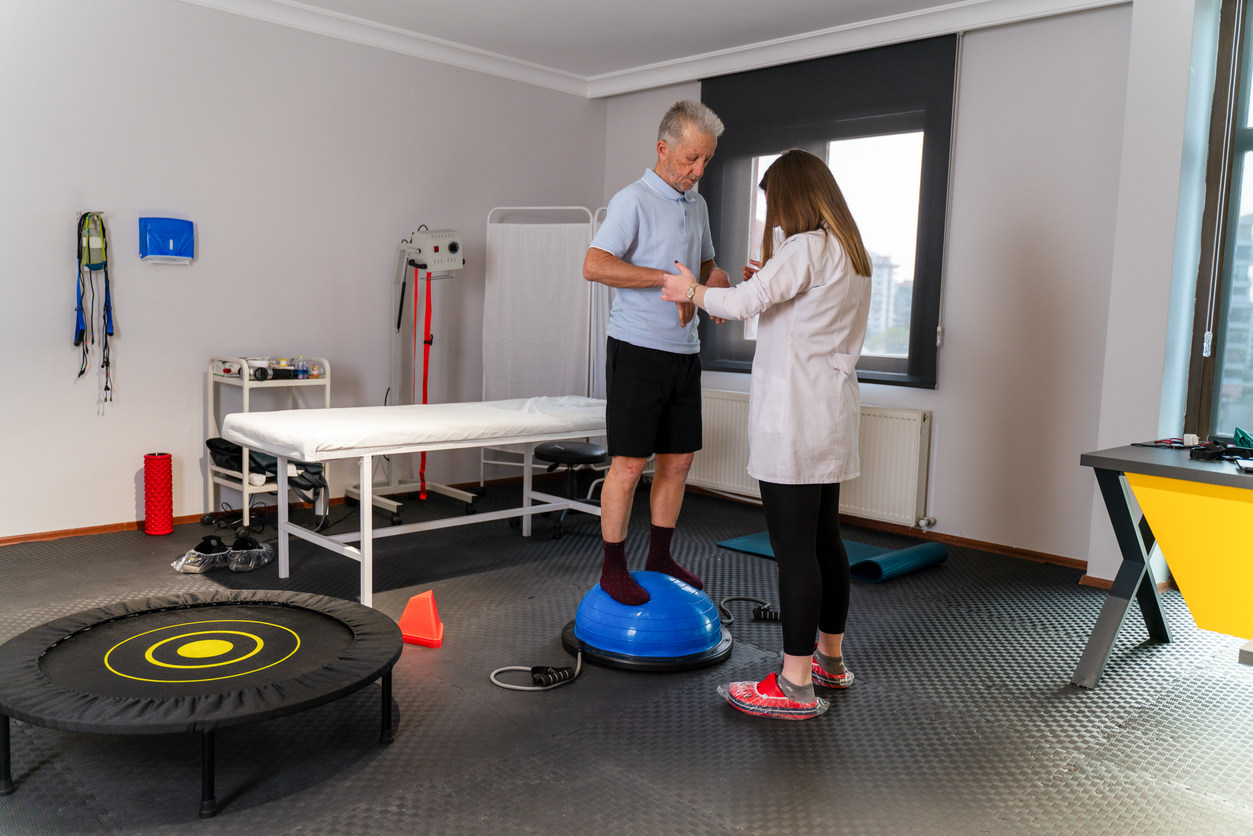Treatments
Introduction to Therapeutic Ultrasound

What is therapeutic ultrasound?
Therapeutic ultrasound is a treatment used by physical and occupational therapists to treat a wide array of pain conditions. It promotes tissue healing and is a completely non-invasive, medication-free therapy for chronic pain.
What conditions does it treat?
The most common conditions that respond to therapeutic ultrasound include, but are not limited to, the following:
- Carpal tunnel syndrome
- Shoulder pain
- Tendinitis
- Ligament injuries
- Joint tightness
What is a therapeutic ultrasound session like?
When an individual receives therapeutic ultrasound, a therapist applies a conductive gel to a specific area of the body. The therapist then slowly moves the transducer head of the ultrasound machine in circular motions on the skin. In some cases, the penetration depth of the ultrasound waves may need adjustment. Ultrasound therapy sessions usually last 5 to 10 minutes and are performed, at most, once a day.
How does it work?
Therapeutic ultrasound applies a deep, penetrating heat to soft tissues in order to increase blood flow to the area. Increased blood circulation promotes healing of the soft tissues which, eventually, reduces pain. Deep heat applied by ultrasound can also improve flexibility and range of motion in certain muscles. Ultrasound energy can cause rapid contraction of tissue, causing microscopic gas bubbles (cavitation) around the injured tissue, to aid in the healing process.
What are the risks of therapeutic ultrasound?
Therapeutic ultrasound is generally safe. It is not recommended for use over open wounds, on women who are pregnant or on anyone who has a pacemaker. Ultrasound therapy is only one tool in what should be an overall treatment plan that includes exercise, stretches and other activities that promote movement.

















